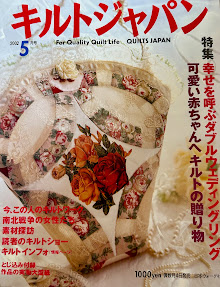This is how the sky looked over our house yesterday evening (Monday). I snapped the photo on auto setting -- no manipulations or cropping or coloring. The clouds billowed, blew across the bay and glowed orange.
An hour later, it looked like this. Billows had turned to orange-purple-pink streaks, and a heavy layer of clouds settled over the Olympic Mountains on the horizon. It stays light up here until around 10 p.m.
Twelve hours later, at 10 this morning at Kopachuck Beach, the billows blew back in and it was chilly and gray. Dave and I were the only ones on the beach, and we wondered where our other Harbor WildWatch volunteer was for our 10 a.m. to 2 p.m. shift. We also wondered why we were scheduled to volunteer when the tide was in. We finally discovered that our shift was noon to 4! That made more sense, since low tide was just after 2 p.m.
So we went home and came back later, and around 3 p.m. the same spot as above looked like this:


We found some good stuff to put in the touch tanks, thanks to our naturalist, John. Above, he points to a small moon snail. The shell is in the center and the beige blob around it is the snail itself oozing out of the shelf. To its lower left is a bigger moon snail. They can pull themselves all the way into the shells by squeezing out the excess water. The gray curved thing to the left of the big moon snail that looks like a broken toilet plunger is a moon snail egg collar. The snail forms the case out of sand, mucous and eggs and it curves around its body, like a collar. Then the snail slips away and collar is eventually broken up and the eggs disperse.
The orange-colored sea star is actually an ochre star. On the rocks in the lower right corner are anchored anemones. (Close-up photo below.) When the tide goes out and uncovers the anemones, they curl their spines inward and look like blobs. They open back up when the sea washes back over them.
 Close-up of moon snail's "eyes" -- the two skinny spiky light-sensing protuberances. You can also see the two anemones' rings of tentacles, which make them look like flowers. The stinging tentacles have millions of cells called cnidocytes, each of which has a tiny, harpoon-like mechanism to help capture prey.
Close-up of moon snail's "eyes" -- the two skinny spiky light-sensing protuberances. You can also see the two anemones' rings of tentacles, which make them look like flowers. The stinging tentacles have millions of cells called cnidocytes, each of which has a tiny, harpoon-like mechanism to help capture prey.Such drama, all in our own backyard!

In this next touch tank (above) we have a mottled sea star, a sand dollar (the live ones are a dark purple), a bunch of little crabs at the top, and some oyster shells at the bottom.
At the end of our shift, everything goes back to the same tidal zone in which it was found.

Good-bye beach,
until we meet again.
P.S. Please correct me if I've misidentified anything.
Additional info is always welcome.
Either leave a comment below or e-mail me at
sherriequilt@yahoo.com.
Thanks!
until we meet again.
P.S. Please correct me if I've misidentified anything.
Additional info is always welcome.
Either leave a comment below or e-mail me at
sherriequilt@yahoo.com.
Thanks!













2 comments:
Lovely photos!
Thanks, Deborah. The Northwest has its own beauty, quieter and softer colors.
Post a Comment